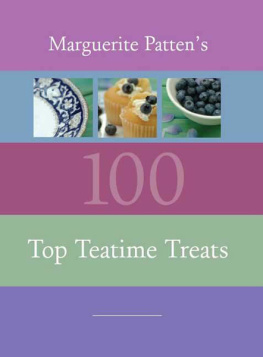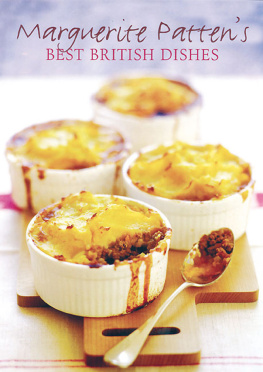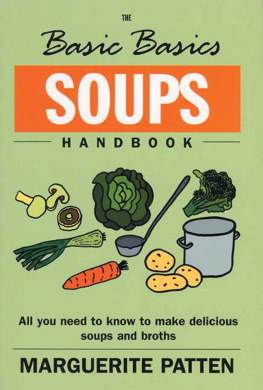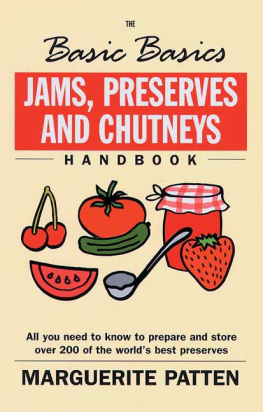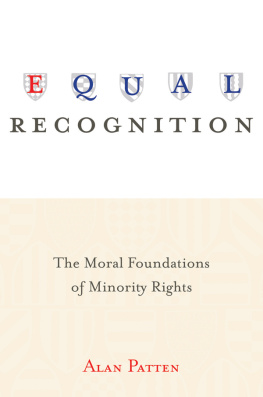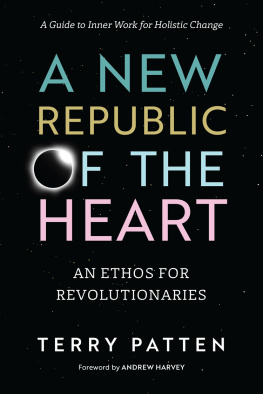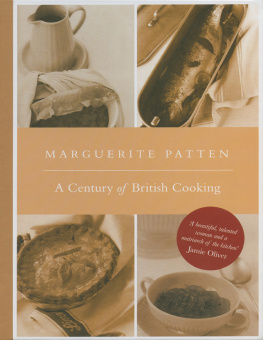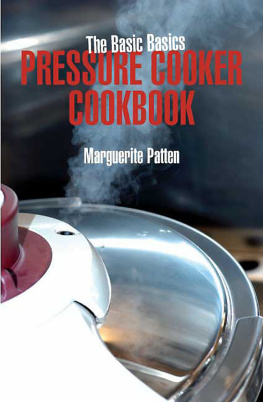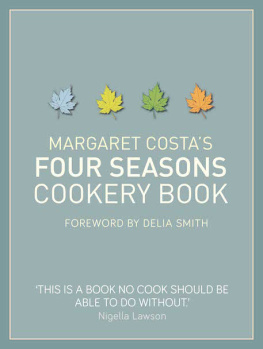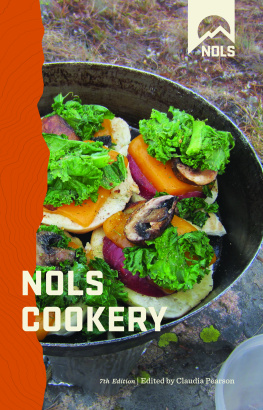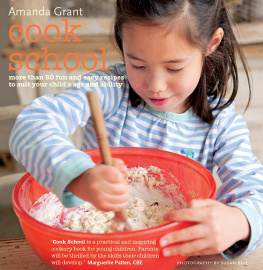Published in 2005 by
Grub Street
4 Rainham Close
London
SW11 6SS
Email:
Web: www.grubstreet.co.uk
Text copyright Marguerite Patten 2005
Copyright this edition Grub Street 2005
Design Lizzie Ballantyne
The right of Marguerite Patten to be identified as the author of this work has been asserted by her in
accordance with the Copyright, Designs and Patents Act 1988.
Originally published in 1989 as The Complete Book of Teas by Piatkus Books
British Library Cataloguing in Publication Data
Patten, Marguerite
Marguerite Pattens 100 top teatime treats
1.Cake 2. Pastry 3. Afternoon teas
I. Title II 100 top teatime treats
641.865
ISBN-10 : 1 904943 29 2
PRINT ISBN: 978 1 904943 29 7
EPUB ISBN: 978 1 909808 70 6
All rights reserved. No part of this book may be reproduced or transmitted in any form or by any means,
electronic or mechanical, including photocopying, recording or any information storage and retrieval
system, without permission in writing from the publisher.
Printed and bound in Spain
Contents

Acknowledgements

Marguerite Patten would like to thank the following people for their helpful information:
The Tea Council Ltd
Dominic Beddard, Wilson Smithett & Co, Tea Brokers
R Twining and Company Ltd
Miss G A Holloway, Chief Home Economist, The Flour Advisory Bureau Ltd
Suranja Cooradia, Novosti Press Agency
The Tea Board of India
D R Collard, The Anglo-Arab Association
Simon Halewood, Promotion and Public Relations Manager, Japan National
Tourist Organization
Chinese Embassy
Moroccan Tourist Office
The Pleasures of Tea
This book has been written in praise of tea, which for many millions of people throughout the world is the drink they enjoy most. Many words have been written and spoken about tea and you will find some of the most noteworthy in the pages that follow. Just why is tea such an enjoyable beverage? Surely it is because it fulfils our various needs: it refreshes us when we are thirsty; warms us when we are cold and yet it can cool us if we are hot; it stimulates us if we are tired and weary, and consoles us if we feel depressed.
Afternoon tea is one of the most pleasing of meals; the food can be cooked or prepared at leisure. It provides an ideal time to relax with family or friends. Visitors to Britain are disappointed if they do not have an opportunity to sample our traditional teatime fare. There are many recipes for afternoon tea and that uniquely British meal high tea in this book. They come from various parts of Britain and from other tea-loving and English-speaking countries too.
Tea is a very versatile commodity; it can be served in many different ways. Try some of the hot or cold punches and wine or fruit cups on .
There is a long and fascinating history associated with Camellia sinensis, the tea bush from which the leaves are gathered to produce the tea we find loose in packets or in teabags. It is not easy in these modern days to imagine the hardships endured by the seamen who first brought tea into Britain in their slow-moving sailing ships; we would have been a less fortunate nation if they had not succeeded. The Reverend Smith, who lived during the late eighteenth and into the middle of the nineteenth century and is renowned for the succinctness of his comments on contemporary life, said of tea (and who can disagree?):
Thank God for Tea
What would the world do without Tea.

Tea and tea drinking have changed many habits in Britain since tea was first introduced here in 1657; it superseded ale as the usual breakfast drink and took the place of coffee as the favourite beverage. Tea added interest to the famous Pleasure Gardens of the late eighteenth and early nineteenth centuries and they may not have been so successful if tea had not been one of the attractions. Tea played an important role in the development of our pottery industry, which has become world renowned. The beautiful tea-sets produced in the past and today not only grace British tea tables but are exported to the four corners of the world.
Most children learn the words:
Polly, put the kettle on, well all have tea.
How often are similar words uttered in homes throughout Britain and many other countries of the world as the inhabitants look forward to a welcoming cup of tea?
Marguerite Patten

Cookery Notes
The ingredients for the recipes in this book are given in Imperial, metric and American measures. Tips for following the recipes are given on .
Growing Tea
Tea is the name universally given to the leaves and leaf bud of the evergreen tree or bush, Camellia sinensis, also known as Chinese camellia. This flourishes in the warmth of tropical and semi-tropical regions. It likes an acidic soil and needs at least 50 inches/l25 cm of rain during the year to encourage the growth of the tender green leaves and leaf buds, known as the flush. The leaves of the tea plant are similar to those of myrtle or privet and are small, oval in shape, dark green and glossy. If the plant is allowed to develop naturally it bears white flowers, not unlike those of a wild rose.
The principal tea-growing areas are China (the first country in which tea was grown and where more varieties of tea are produced than in any other country), India (which now produces 30 per cent of the worlds tea and exports to 78 different countries), Sri Lanka (though the teas are still called Ceylon teas), East Africa (chiefly Kenya, Uganda, Rwanda, Burundi, Tanzania, Malawi and Zimbabwe), Mauritius, Papua New Guinea, Japan, Russia, Turkey, Bangladesh, Taiwan, Indonesia, Iran and parts of South America. Some of the teas are sold under the name of the country of origin, others are an important component of tea blends (see ).
Preparing the tea estates
Tea bushes are cultivated in plantations, generally known as tea estates, and preparing them is a major task: often the ground must be terraced to prevent erosion of the prepared soil, and it may be necessary to erect windshields to protect the tea bushes from the monsoons which occur in Southeast Asia from the Arabian Sea to China, and in parts of India.
Most tea estates are planted with young bushes grown from cuttings or clones. These are planted out in nursery beds where they stay until they reach 12 inches/30 cm in height, at which stage they are transplanted to their permanent sites. After two years of careful tending the young bushes receive their first pruning. If left unchecked tea plants would grow to a height of 15-30 feet/4.5-9 m, but in cultivation they are pruned to keep them as 3-5 feet/1-1.5 m bushes. This encourages a plentiful growth of leaves, rather than excess wood, and makes picking easier.
Picking
Tea picking, also known as plucking, first takes place when the plants are four to five years old. A single bush yields about 4 oz/l00 g of leaves and buds in a day. Much picking is done by hand and the majority of pickers are women. An experienced picker can gather 100 pounds/50 kg of leaves and buds in a single day. The normal practice is to remove just the top two leaves and the leaf bud from the flat top of the bush, known as the plucking plateau. This demands skill and dexterity, and care must be taken not to remove any of the stalk.
Next page
